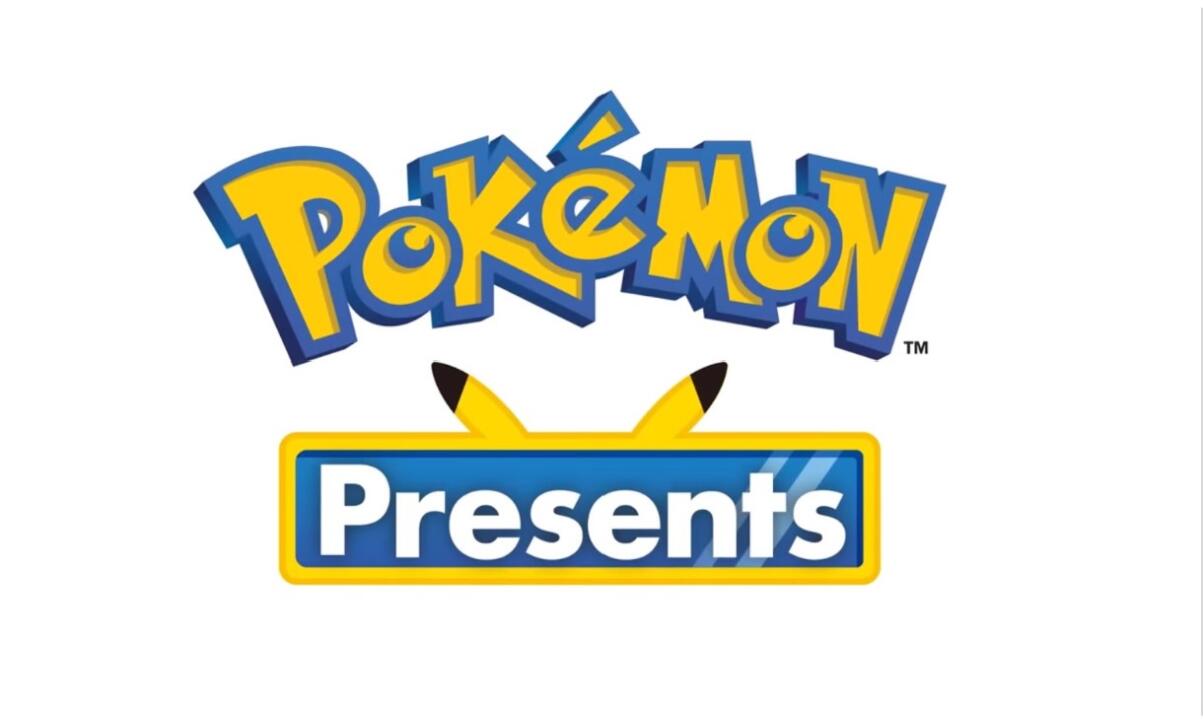One University of Maryland, Baltimore County student is particularly cognizant of the consequences of institutional racism against multiracial individuals. Zachary Barker-Frey is a biracial animation and entrepreneurial junior at UMBC. He documented his family’s biracial identity in an experimental short film “Oil and Water.” He employed a multi-media stylization of home videos, interviews, and animation to elucidate multiple perspectives on his family.
Barker-Frey introduces the viewer to his parents through a Q&A style interview. His parents talk about their first date, his father’s voice overlayed on their wedding footage. Smiling ear-to-ear they kiss and Barker-Frey cuts to a home-video of his family in the hospital, a beautiful scene of them fawning over newly-born Barker-Frey. The next shot is a black-and-white animation of horrific disembodied eyes, staring and blinking.
While the family footage shows heart-warming scenes of love, Barker-Frey’s animation is effective in its discomfort. The eyes, always watching, reflect his experience with the outside world. He described noticing that everyone, especially older white people, was staring at his family, solely because they were biracial. It became so unnerving and intense that he had to ask his parents to stop going to certain restaurants.
His parents, a Black woman and a white man grew up in the 1960s before interracial marriage was legalized. When they began dating, their friends gave them cautionary advice. There was always the threat of an outsider’s violence underlying their happy union. While his parents have been lucky, and never encountered physical aggression for their love, they still feel weary.
In one frame of “Oil and Water,” he illustrates an adult’s white hand holding a child’s brown hand. Surrounding the affectionate gesture is the question, “are you adopted?”
“I remember being in elementary school and having my dad pick me up. This one girl, all the time, would be like ‘are you sure you’re not adopted?’ I would have to promise her that I was not. My dad was visibly upset when I told him about it. He wants to be recognized as my father.”
Barker-Frey also shares the unique issues he faces from being biracial. He described that the biracial experience is unlike the Black or white experience. Instead of feeling like he is Black or white or both, he sometimes feels like neither. “It’s an identity thing for me. It’s hard to know where you fit in when you’re mixed.” When he was younger, his father warned him that he would never be white enough for white people and never Black enough for Black people. His father was right.
“In middle school, I used to live in Brooklyn and it was a completely different experience. All of my friends were Black and I wasn’t Black enough to hang out with them. I invited them over and showed them that my mom is Black, so I’m Black too. It wasn’t enough for them.”
While he currently has only one artistic project depicting the multiracial experience, he plans to create another one in the future. He grinned infectiously while sharing his vision of creating an immersive, narrative-driven concept album about being biracial. “I have all these visuals in my head, like pillars you can’t reach. Those pillars are racial identities.” By creating an emotionally charged album, he wants to encourage others to really empathize with the issues biracial and multiracial individuals face.
When asked how he thinks society and individuals can treat multiracial families better, he replied that “it’s a big thing to just accept minding your own business.” More of Barker-Frey’s art can be found on his Instagram. He is also working on a solo music project on his Spotify and a project with his friend where they “try to cover all genres” of music on their shared Spotify. Resources on the multiracial identity can be found here and here.


